One of the things I’m happy to see slowly disappear is the idea that competition shooting will get you ‘kilt in the streetz.’ More and more defensive-oriented shooters are embracing the idea of competition shooting to improve their defensive skills. I’m still a newb in competition myself, but I’ve come up with a few reasons why competition shooting has made me a better shooter and why it can be beneficial to you.
It Gets You Shooting
Competition, and I mean any competition shooting, will give the overall benefit of getting out there and actually shooting. If you schedule a time in advance, make plans, and pay a slight fee, you are more likely to follow through and get out there and put lead down. I used to plan range trips that I’d self-cancel all the time.
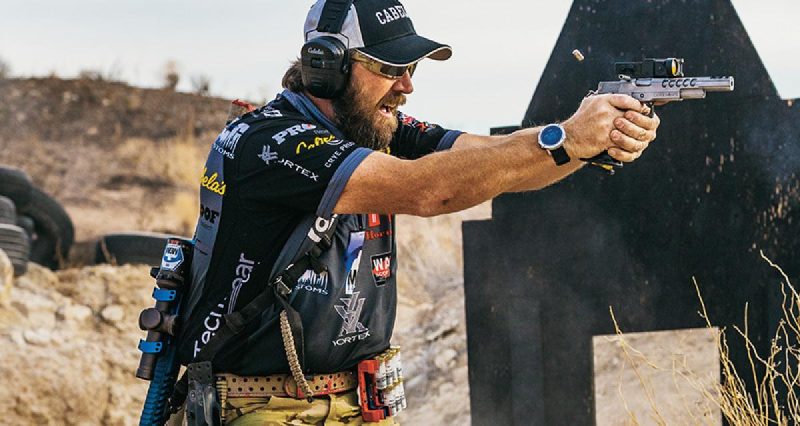
Sometimes there was a legit reason, and other times, someone might have had a BBQ I was invited to. I’m not canceling on a competitive shoot. Not only cause I slapped money down to be there, but because I have friends I get to see, and I get a really enjoyable thrill from competing. I’ve learned an absolute ton in just a few competitions about how to shoot straighter, faster, and further.
Stress Inoculation
I can draw pretty dang quickly on a square range against a standard target. In fact, I can beat Tom Cruise’s box drill from Collateral. You add in the stress of a timer, people watching, and the chance to win or lose, and something happens. Stress is very real and can be detrimental to your shooting skills. Competition adds stress, and a little stress is a good thing.
Competition creates stress inoculation. The most stressful thing I can think of is going to the DMV. The second most stressful is a gunfight. Being able to taste even a fraction of that stress is good for you as a defensive-oriented shooter.
Unpredictable Scenarios
You can train at home, and on the square range, and everywhere else, but you don’t know what you don’t know. When someone else is designing a stage, they are creating situations you might not have ever been able to train for. You might end up moving and shooting, shooting in odd positions, or with unpredictable accuracy requirements.
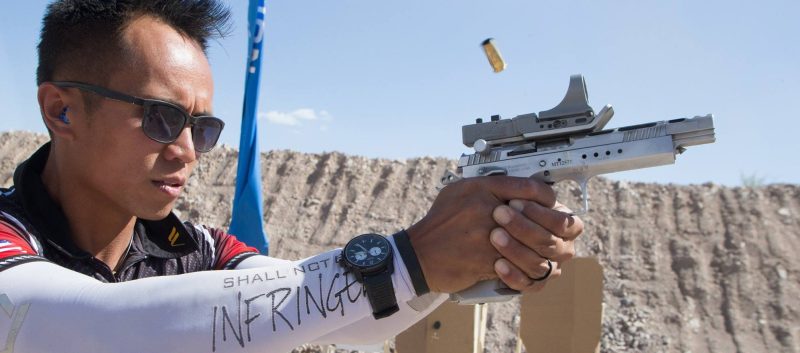
This forces you to shoot in a new way, and that opens up your mental toolbox for any real-life unpredictable scenarios you may face. It will never be a 1-for-1 recreation, but learning to shoot at an odd angle can be invaluable, or shooting while holding something or from any other oddball scenario the match director comes up with.
Real-Time Performance
How many of us have practiced a reload where we shoot one and reload one? I know I have. How realistic is that really? It’s an attempt to maximize efficiency, but from the go, you know immediately you are reloading. Your brain never has to do the OODA loop to figure out what’s wrong. As gun owners, I think we often set up training scenarios that don’t represent reality, and we can prepare for before they start.
In competition, there is a set stage, but your reloads, malfunction fixes and similar events will just occur, causing you to stop, work your brain, and fix. This gives you a real-time challenge that practicing at the square range doesn’t always provide.
Tests and Evaluates Your Gear (if you let it)
If you go to the competition with a race gun and special speed holster then you are losing a little something. I won’t say don’t do that, but there is some strength in training with your chosen daily carry gear. Your holsters and gun as is, if possible, as well as your extra magazine and daily wear.
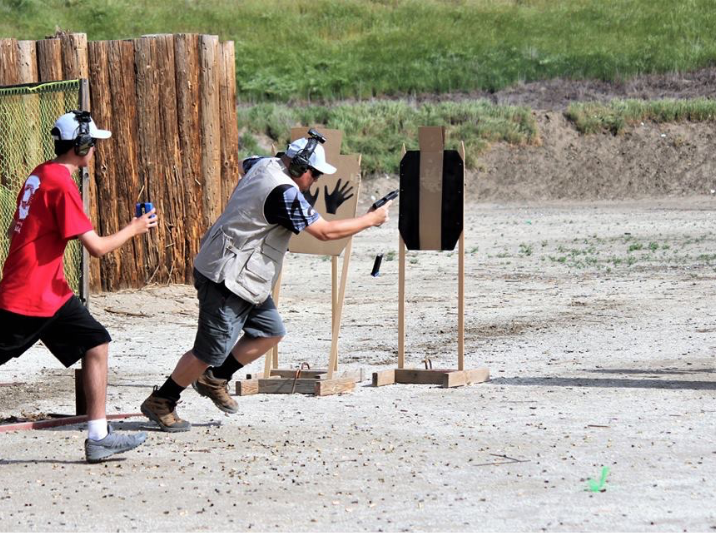
This allows you to test and evaluate your gun and gear choices on the range, which can lead you to make changes when necessary. Competition shooting can be the ultimate test for your gun and gear setup outside of a gunfight. You’ll learn just how reliable your gun, optic, and holster are in the competition environment.
Welcome to the Match
Outside of the training aspect, I’ve made a few friends from competing, had a great time, and generally revived my own interest in training and getting better. Get out there and compete! Shoot handguns, shotguns, and do the AR jig. At the end of the day, the shot timer and accuracy standards don’t lie. I can see drastic improvements in just a few matches, and I can’t wait for my next one. What do you think about shooting in a competitive fashion? Let us know below!
ABOUT THE AUTHOR:
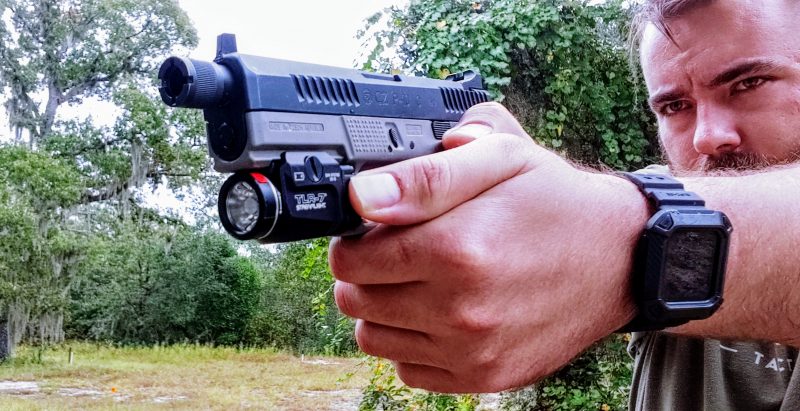
Travis Pike is a former Marine Machine gunner who served with 2nd Bn 2nd Marines for 5 years. He deployed in 2009 to Afghanistan and again in 2011 with the 22nd MEU(SOC) during a record-setting 11 months at sea. Travis has trained with the Romanian Army, the Spanish Marines, the Emirate Marines, and the Afghan National Army.
He serves as an NRA-certified pistol instructor and pursues a variety of firearms-based hobbies.
![]()
You may also enjoy these popular articles:
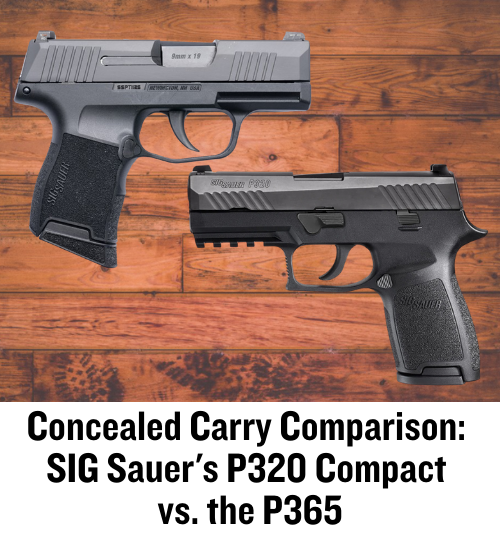

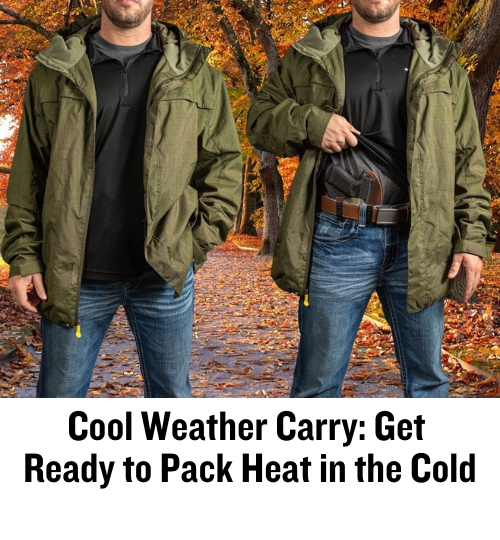

©MTC Holsters, LLC and CrossBreed Holsters Blog, 2022.
Unauthorized use and/or duplication of this material without express and written permission from this site’s author and/or owner is strictly prohibited. Excerpts and links may be used, provided that full and clear credit is given to Travis Pike and the CrossBreed Blog with appropriate and specific direction to the original content.
![]()

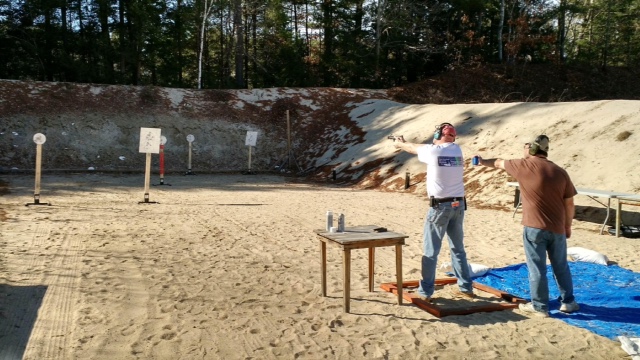

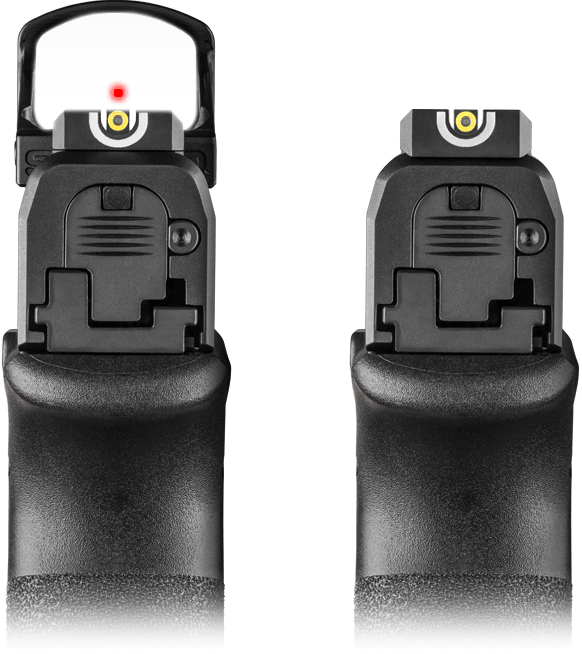
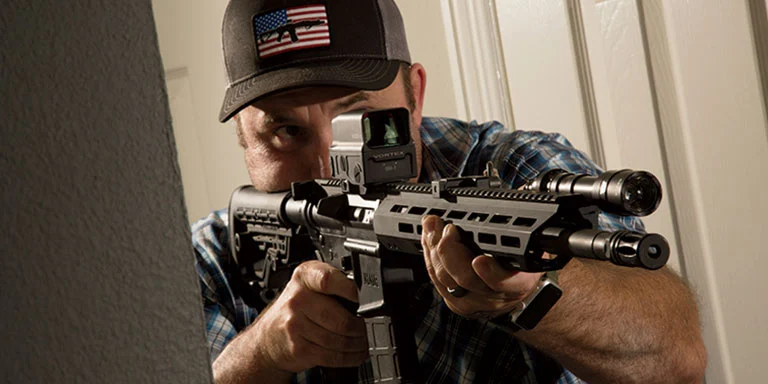
June 24, 2023
Couldn’t agree more. Competitive shooting(which I started about a year ago) has significantly improved several aspects of my shooting. For example- moving and transition shooting. At the range, I would stand still and shoot when I felt like. In match play and practice ( I do IDPA primarily) you are moving towards or away or at moving targets, reloading in between sometimes, leaning one way or another behind cover etc… I get out and practice, interact with a fun group of guys ( and gals) and yes there are the sharp shooter types but some of them have been good resources. Lastly you learn and or reinforce safe firearm practices, such as keeping your muzzle pointed down range- the 180 rule, finger off trigger during transitions and safe re-holstering.